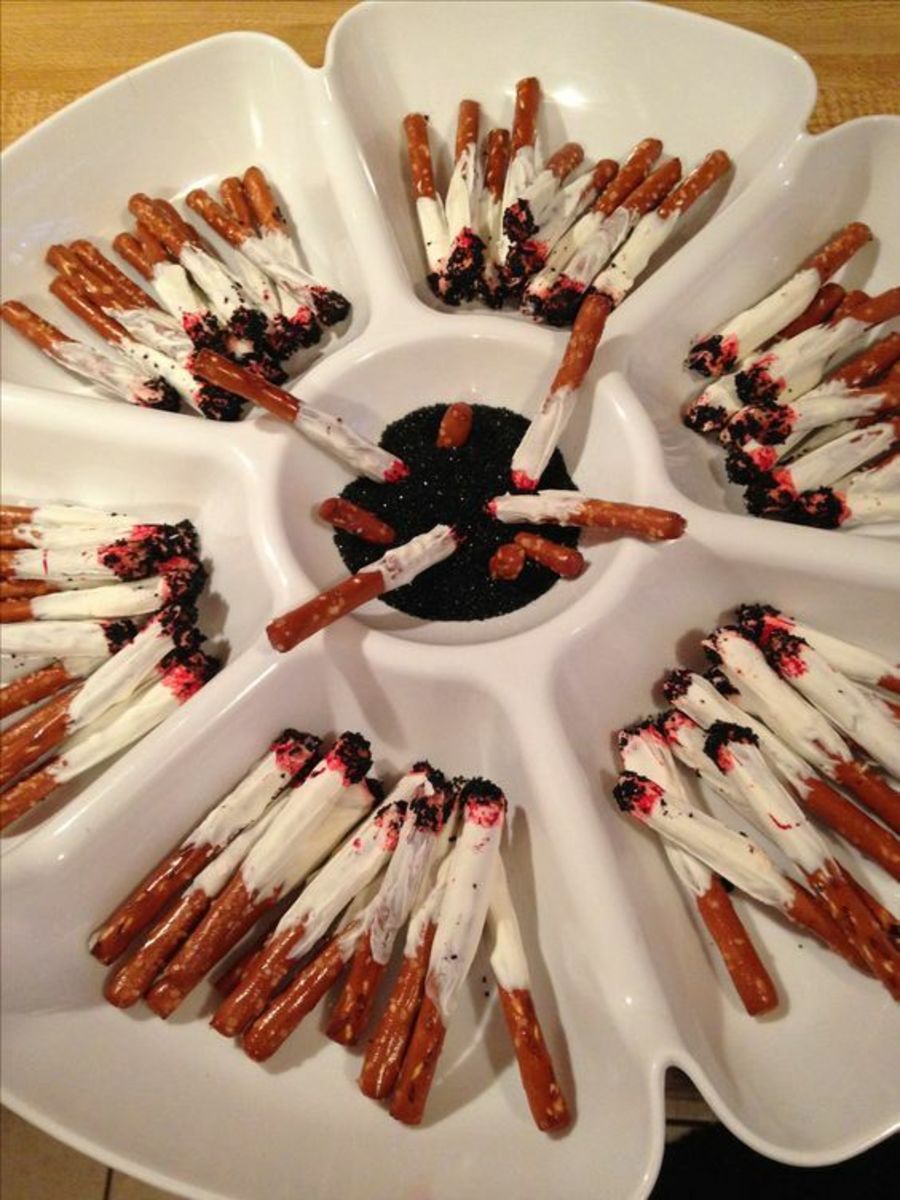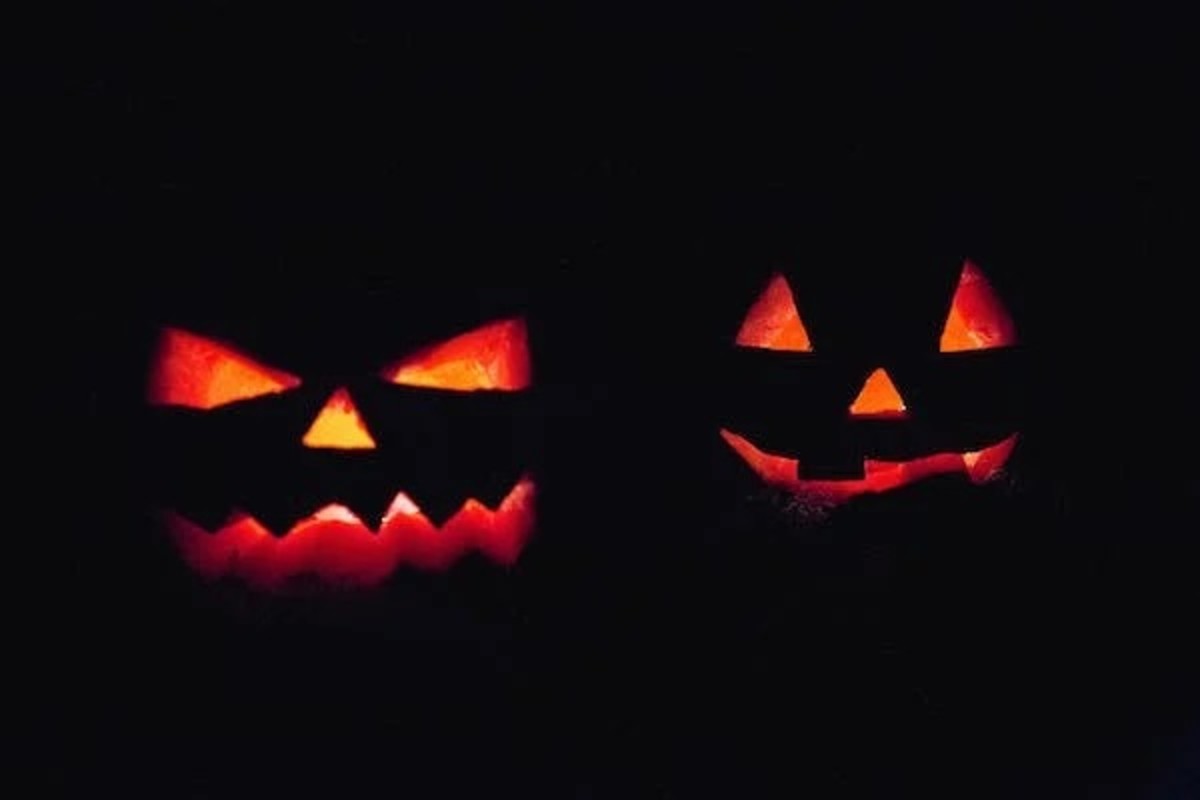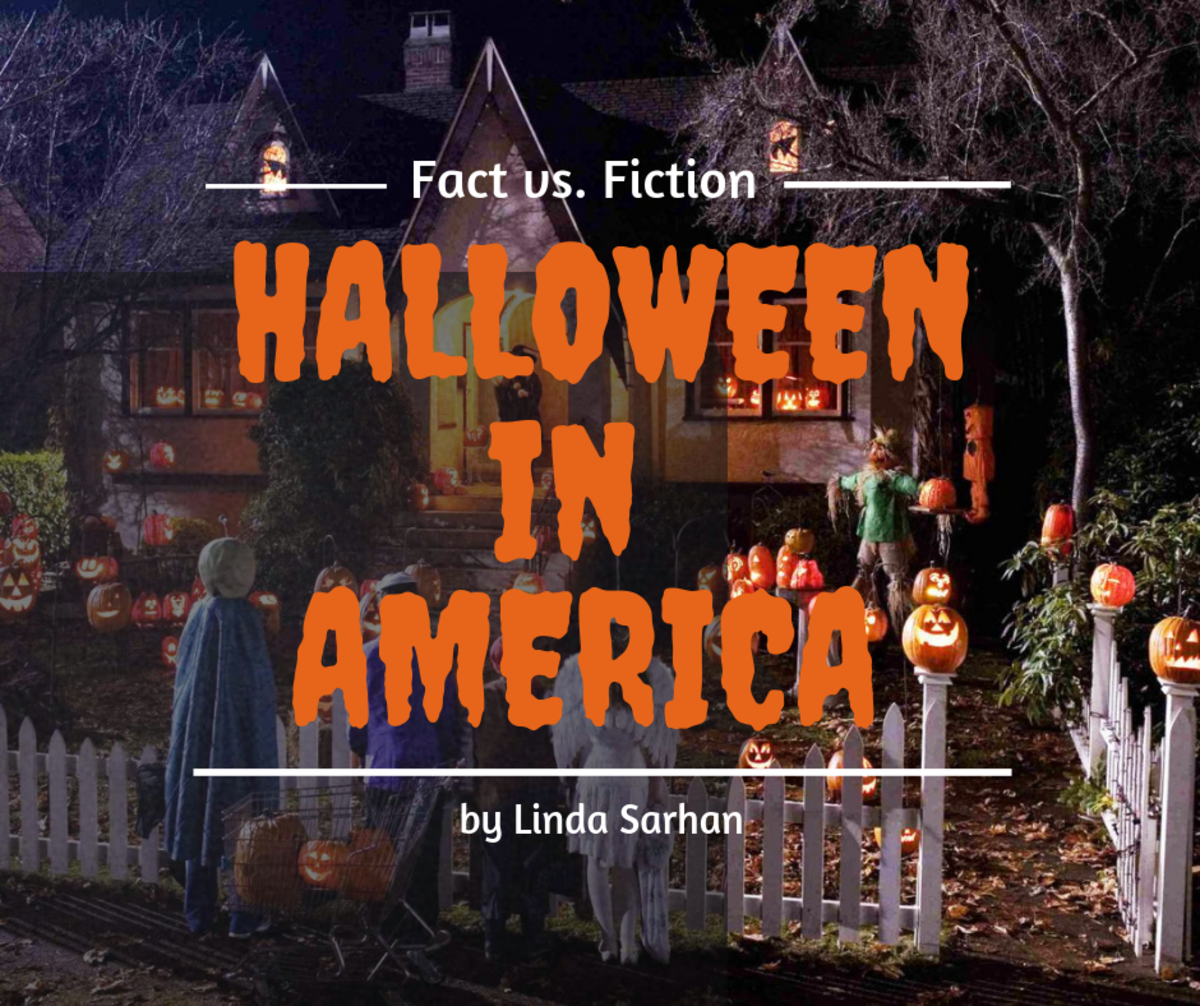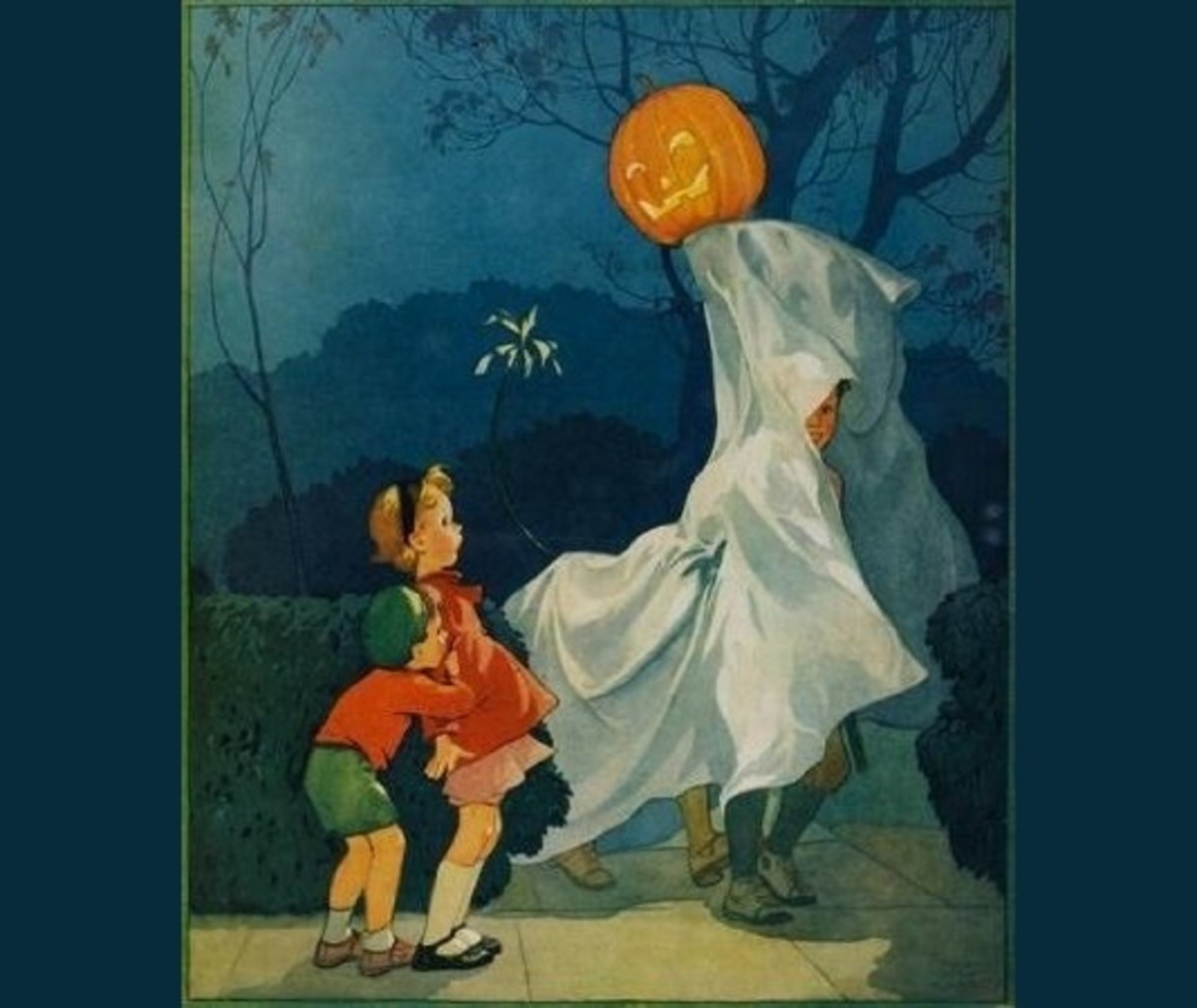Origins of Halloween
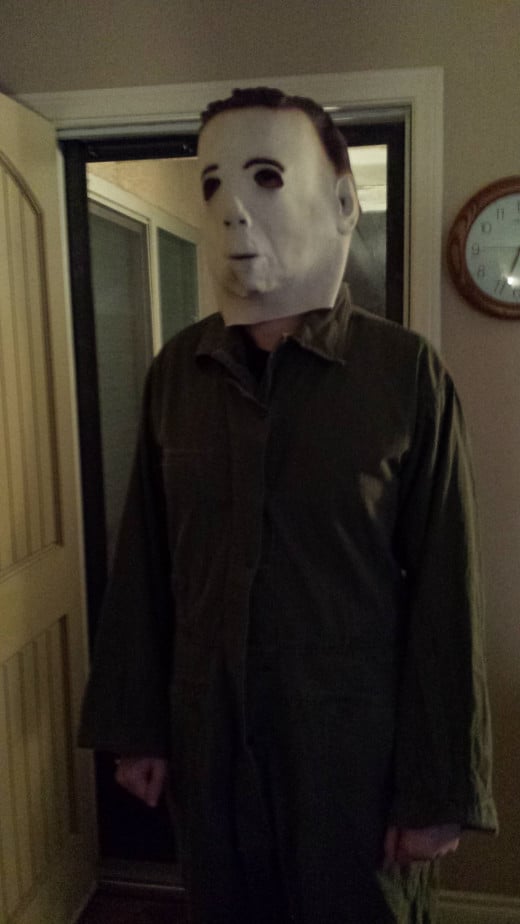
Where Did It All Start?
If you look up the origins of Halloween, you are likely to stumble across an oddly named celebration called Samhain (pronounced saah-win or saa-ween). It is a Pagan or Celtic festival (depending your viewpoint), celebrated at harvest time. Although there are similarities (e.g., the timing, the “death” of vegetation, and the harvest), Halloween and Samhain are entirely different.
Samhain is an ancient observance, coinciding with the end of the growing season and the beginning of winter. As vegetation is harvested and dies off, death is quite literally “in the air.” This observance of “death” and the fact that it occurs at the same time of year, have caused some to equate Samhain with Halloween. This would be a mistake. Other than the superficial commonalities, the two celebrations are vastly different in practice.
One other similarity that should be mentioned is the possibility of communication with the dead. At this time of year, there is a notion that the boundary or “veil” is thinner between the afterlife and the world of the living, facilitating contact and communication. This, of course, brings to mind “All Hallow’s Eve” or Halloween as a time when the dead are close by. It can cause fear in many people. That’s because many folks believe that ghosts are malevolent towards people. Of course, if you don’t hold that belief, Halloween should be no problem for you.
Why Do People Dress Up?
As early as the 16th century, people would dress us and go door-to-door asking for food. Originally, people would dress up to disguise themselves from the “spirits” or “fairies.” The modern practice of trick-or-treat can trace its origin directly back to this practice.
However, in the celebration of Halloween today people’s choice of costume often has more to do with popular cultural icons that it does a true disguise from spirits. It runs the gamut from putting a sheet over your head with two holes cut out for eyes, to extremely elaborate Halloween costumes with working parts. Superheroes, characters from movies, pirates, witches and vampires are perennial favorites. Also, dressing up is not limited to trick-or-treating. Many people go to Halloween Costume (or Masquerade) parties this time of year, and participate in many other traditional activities, such as “bobbing for apples” and the like.
Why Do We Give Out Treats?
The simplest explanation as to why we give out treats is to avoid “tricks” or doing bad things to you or your property. But the idea of a “trick” happening if no “treat” was provided is actually a much more modern invention that simply asking for treats. The term “trick or treat” in association with Halloween appears to have started around the 1930’s in the USA. Again, the practice of asking for food or drink has its origins in antiquity. It is not unlike the Christmas practice of “wassailing,” where children would go door-to-door asking for food and beverages. The “trick” part was just added later.
Homeowners can “signal” their participation in this event (typically in the evening) by leaving the porch light on, and/or putting out Halloween-themed decorations. Treats can either be handed out individually, as costumed individuals come to the door and say “trick or treat,” or the homeowner can just leave a big bowl of candy on the front porch as a “self-serve” option. Self-serve is convenient if you don’t plan to be home, but still want to participate. Or you simply don’t feel like jumping up every few minutes to answer the door.
New Alternative: Trunk-or-Treating
Several years back, there were scares when children brought home Halloween candy that had been tampered with. Very scary stories of razor blades intentionally put into candy apples, or poison injected into candy were all over the news. One response to this was inventing the practice of “trunk-or-treating” as an alternative to going door-to-door at Halloween. People will gather in a large parking lot, decorate their cars, and distribute treats to participating children from the trunks of their cars. This practice is gaining popularity today, notably in the parking lots of Churches, partly as an “outreach” program.
Today in the United States of America
Citizens of the USA will find this hub an extremely basic explanation of Halloween history and practices. The idea of dressing up and asking for candy is well-known, and well-advertised in the USA. However, our friends in other lands may find this information strange or amusing. Either way, have some fun with it. And have a safe Halloween everyone!
What is your favorite way to celebrate Halloween?
© 2015 Carolyn Fields




